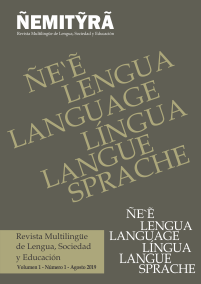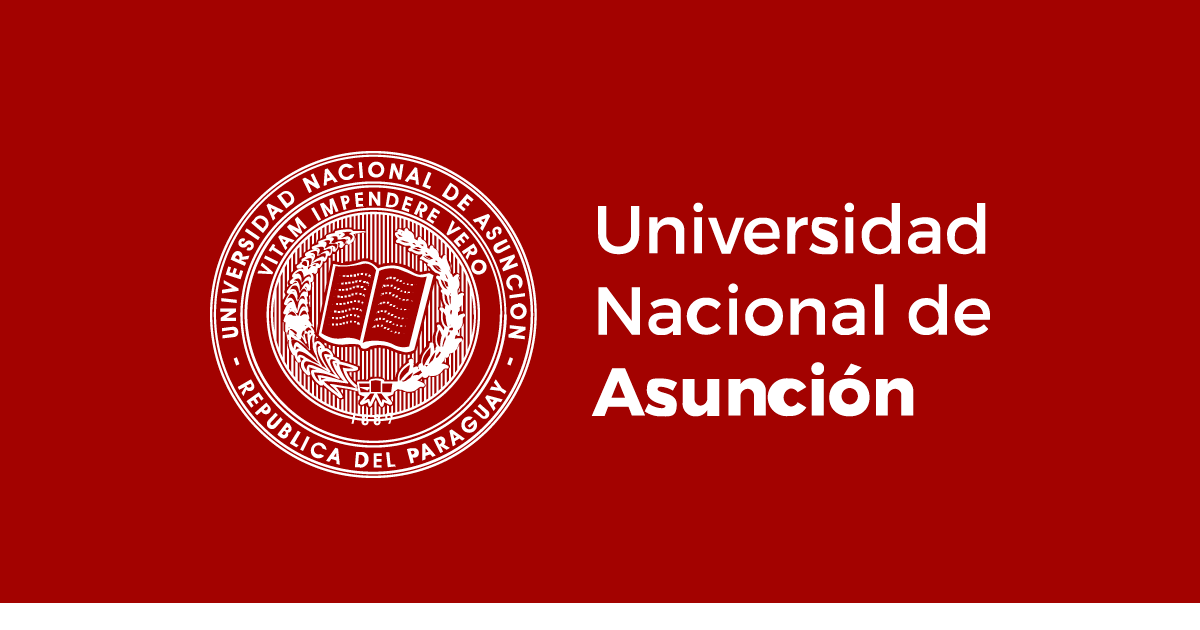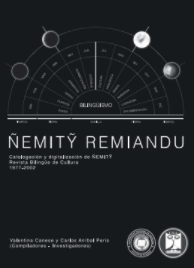Discourse analysis on how two north American news broadcast networks portray Muslims in relation to U.S. Travel ban
Palabras clave:
Discourse Analysis, Muslims, Mass Media, Racism, Discursive StrategiesResumen
Mass media‘s coverage of events may not be as objective as one would think. The tendency to shape information as per one‘s necessity is not something uncommon since mass media is controlled by powerful groups, who seek to be portrayed in a favoring manner to the viewers. While they were favoring themselves, they may had damaged others‘ image, this case, Muslims‘. This research study was carried out to demonstrate which type of discourse CNN and Fox News employed to portray Muslims in relation to the U.S. travel ban through 2017. For this to be possible, an analysis of transcriptions was done, based on Ruth Wodak‘s discursive strategies for positive self- and negative other-representation. In addition, a comparison was made to discover the type of discourse employed by both networks. It was found that there was a tendency to repetitively use the distinction of ̳us vs. them‘ to favor US‘s image and diminish Muslims‘ as well as the constant employment of labels with negative connotations to refer to Muslims. By doing this, the idea that they are the ̳enemy‘, the ̳bad guys‘ may had been reinforced to the audience.
Referencias
Altheide, D. L. (2007). The mass media and terrorism. Discourse & Communication,1(3), 287. Retrieved March, 2018, from https://www.researchgate.net/publication/258131603_The_Mass_Media_an d_Terrorism
Bazzi, S. (2009) News representations in times of conflict, Arab News and Conflict: A Multidisciplinary Discourse Study (Discourse approaches to politics, society, and culture (DAPSAC), v. 34) (Vol. 34, pp. 3-5). Amsterdam: John Benjamins Publishing Company.
Executive Order 13769 of January 27, 2017 - Protecting the Nation From Foreign Terrorist Entry Into the United States. (2017). The Daily Journal of the Unitated States Government,82(20).
Ishak, M. S., &Solihin, S. M. (2012). Islam and Media. Asian Social Science ASS,8(7), 263-269.
Jones, R. H., &Hafner, C. A. (2015). Discourse analysis and digital practices. In A. Chick (Ed.), Discourse and Digital Practices: Doing Discourse Analysis in the Digital Age (pp. 3-4). New York: Routledge. McCombs, M. (2005). The Agenda-Setting Role of the Mass Media in the Shaping of Public Opinion.
Mesic, I. M. (2011). The Perception of the Islam and Muslims in the Media and the Responsability of European Muslims Towards the Media. 1-4.
Mogashoa, T. (2014). Understanding Critical Discourse Analysis in Qualitative Research. International Journal of Humanities Social Sciences and Education,1(7), 107.
Poorebrahim, F., & Zarei, G. R. (2013). How is Islam Portrayed in Western Media? A Critical Discourse Analysis Perspective. 2-12.
Potter, J., & Wetherell, M. (1987). Discourse and social psychology: Beyond attitudes and behaviour (p. 5). Sage.
Ramanathan, R., & Hoon, T. (2015). Application of Critical Discourse Analysis in Media Discourse Studies. The Southeast Asian Journal of English Language Studies,21(2), 57-63.
Ridouani, D. (2011). The Representation of Arabs and Muslims in Western Media. (3), 1-15.
Said, E. W. (1997). Covering Islam: How the Media and the Experts Determine How We See the Rest of the World (1st ed.). New York: Random House.
Schiffrin, D., Tannen, D., & Hamilton, H. E. (2008). Critical Discourse Analysis. In The handbook of discourse analysis (p. 352).
Malden, MA: Blackwell. Seale, C., Gobo, G., Gubrium, J. F., & Silverman, D. (2007). Critical discourse analysis. In Qualitative research practice (pp. 194-195). London.
Sharma, V. K., Dr, & Sharma, M. K. (2010, December 23). Linguistic discourse analysis: Introduction and structure. Retrieved July 21, 2016, from https://call-for-papers.sas.upenn.edu/node/39688
Sian, K., Law, I., &Sayyid, S. (2012, March). The Media and Muslims in the UK.
Talbot, M. M. (2008). Introduction: Media and Discourse. In Media discourse: Representation and interaction (p. 3). Edinburgh: Edinburgh Univ. Press.
Törnberg, A., &Törnberg, P. (2016). Muslims in social media discourse: Combining topic modeling and critical discourse analysis. Discourse, Context & Media - Muslims in Social Media Discourse: Combining Topic Modeling and Critical Discourse Analysis,13, 132-142.
Van Dijk, T. A. (1993). Principles of Critical Discourse Analysis. Discourse & Society,4(2), 254-260.
___________. (1998). Ideology: A Multidisciplinary Approach (pp. 8-218). London: Sage Publications.
Wodak, R. (2009). The semiotics of racism: A Critical Discourse-Historical Analysis. In Discourse, of course: An overview of research in discourse studies (pp. 312-317). Amsterdam: Benjamins.
Yule, G. (2010). Discourse Analysis. In The Study of Language (4th ed., p. 142). New York: Cambridge University Press.










